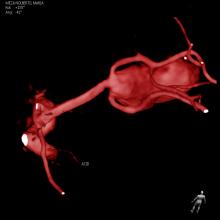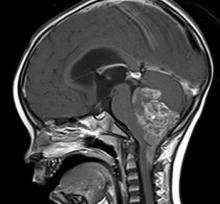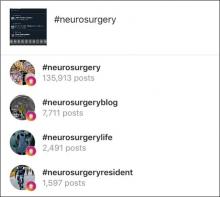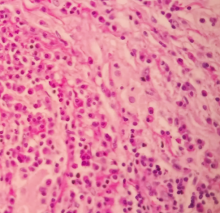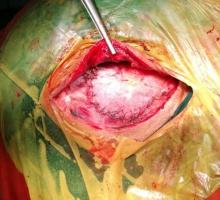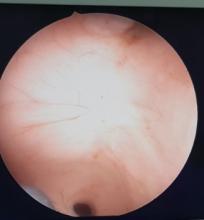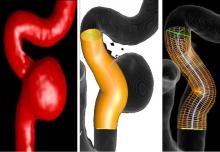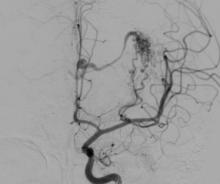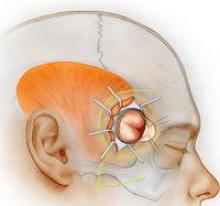Embolization of ruptured giant aneurysm of the medium cerebral artery followed by surgical evacuation of intracerebral hematoma
Early endovascular therapy of a ruptured giant aneurysm associated with intracerebral hematoma avoids the need for clipping of the aneurysm, thereby avoiding the need for greater brain retraction, edema, transient clipping, as well as the possibility of intraoperative rupture, thus achieving timely and adequate management of this pathology.

